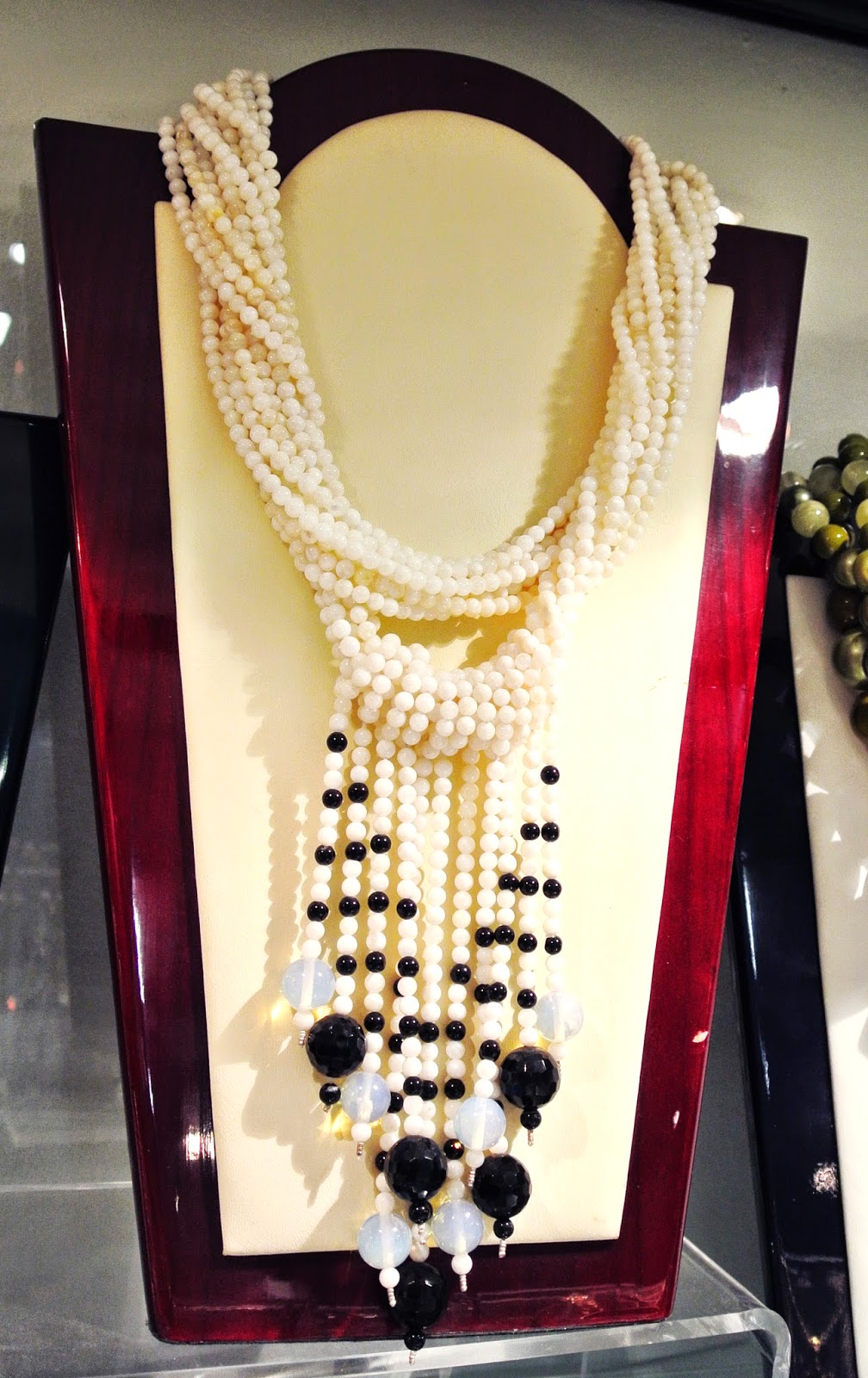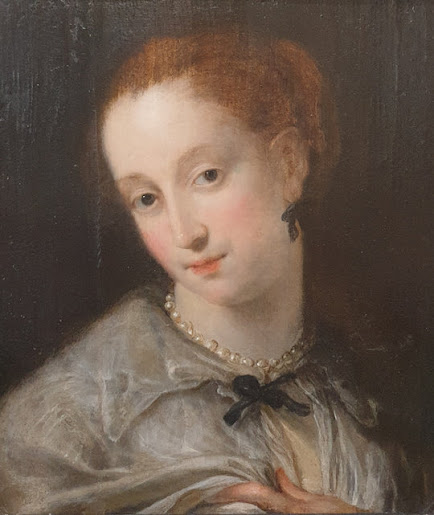Beads are everywhere at Grays. There’s a sea of beads, and
when one starts looking, is left speechless for their varied materials,
historical range and exquisite quality. Beads may be divided into several
categories which are often overlapping. It could be the manufacturing process,
period or location of origin, shape or material, mode of use or symbolic
significance.
The word ‘bead’ comes from the Anglo Saxon word ‘bidden’
which means ‘to pray’. Beads have been used as currency for exchange, as anti-tension
devises, gaming, talisman, status symbol, as jewellery to bring fortune and
wisdom, or simply used as an aesthetic object. Dating as far back as 40,000 years,
beads have been discovered to have been made from pebbles, clay, teeth, shells
etc.
But the discovery of glass production about 4,000 years ago
revolutionised the beads’ history and transformed cultural practices, commerce
and trade across continents. Early beads have been unearthed in Mesopotamia and
Egypt around 2,300 BC. Ancient techniques and designs of glass bead making from
Asia were reinvented in Europe in the fourteen century.
Glass beads were particularly valued in West Africa where
they were used for the creation of high-status decorative objects. As
glassmaking technologies developed in Europe, beads proved to be an efficient
means for exploiting African resources. In particular it was mostly Venice,
Bohemia and the Netherlands that traded with Africa, and manufactured an
extraordinary variety of beads which were produced according to demand. Large
number of people was involved in the production and trade of beads which
circulated globally.
 |
|
In London, Moses Lewin Levin, a bead merchant, donated
his collection to the Museum of Practical Geology, located at Jermyn
Street. Established in 1835, the museum was created in order to
illustrate the ‘mineral wealth of the United kingdom and its colonies’.
It contained examples of industrial and artistic production, and its
displays included glass objects. Much of this collection is now with the
Victoria and Albert Museum, and The British Museum.
Beads have been used all over the world and they are sought after for
more than just personal adornment. Each bead encapsulates a phenomenal
amount of cultural information that has the power to connect and
alienate, in one sweep, people and continents.
|
 |
A selection of vintage beaded necklaces, offered by Tribal Tent
|
 |
19th Century Amber necklace, offered by IQ Antiques Ltd
Written by Titika Malkogeorgou
|
|











.jpg)

Comments
Post a Comment